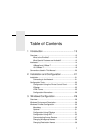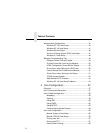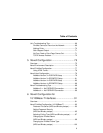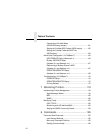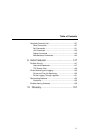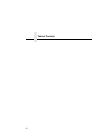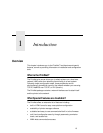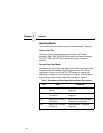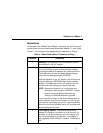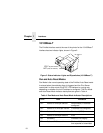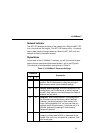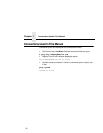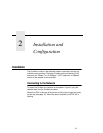
Chapter 1 Interfaces
14
• numerous printer logging methods (e.g. automatic email) to record
printer errors and usage
• remote management through HTML forms, Telnet sessions, “rsh/
rcmd/remsh
” commands, SNMP, and pre-defined log methods
• extensive built-in troubleshooting tools
• built-in “telnet” and “ping” clients
• configurable memory usage by disabling protocols and destination
services
• multiple destinations/queues for versatile printer manipulation and
distinct print setups
• header and trailer strings to instruct printers on font, pitch, printing,
etc.
• flexible naming conventions
• automatic network connection and frame type sensing
• simultaneous printing across all I/O ports and all supported protocols
• multiple network protocol support
Interfaces
The PrintNet interfaces with your printer through an Ethernet™ interface
connector. Three Ethernet interfaces are available: 10Base2, 10Base-T
and 10/100Base-T, which supports 10Base-T or 100Base-T LANs. Some
options and indicator switches differ for each Ethernet interface, as
described below.




